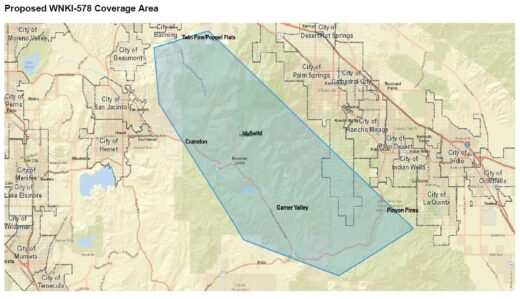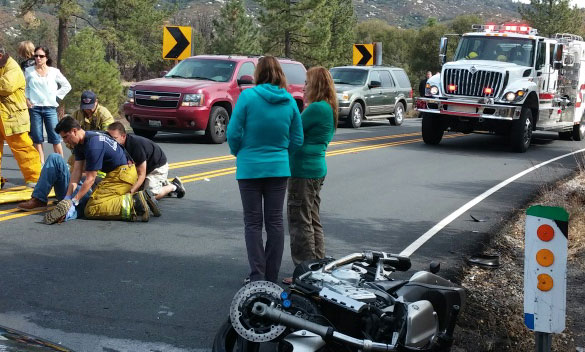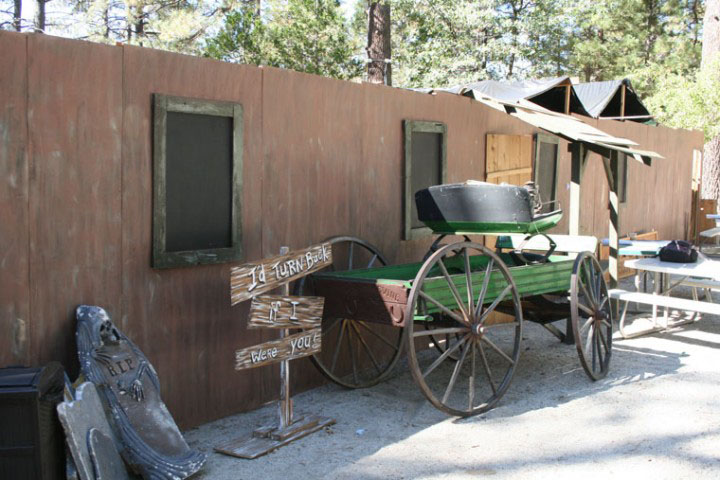At its Sept. 21 meeting, the Riverside County Board of Supervisors approved the first phase for the Idyllwild and San Jacinto Mountains Emergency Outdoor Warning System and Travelers’ Information Stations.
“They have taken a first step for what will be an absolute beneficial product for those living and visiting the Hill,” said Idyllwild Fire Chief Mark LaMont.”
While Idyllwild’s local AM station WNKI still broadcasts emergency messages and status reports, the mountainous terrain limits its service area. Since the Federal Communications Commission licensed WNKI in 1987, many more people now reside throughout the Hill and visitation has become a year-round phenomenon, as has fire season.

Map courtesy of Mile High Radio Club
This system does not replace WNKI, but will extend its coverage and capability north to Poppet Flats and south to Pinyon Pines — along the corridors of highways 74 and 243. “It’s an all-encompassing warning system,” said Bill Tell, Mile High Radio Club president.
The project has five phases, the first, which Tell expects to begin this month, will cost about $210,000 for the planning and design work for the system. Tell estimates the project’s total costs will be between $4 and $5 million and will take two years to complete.
The planning for Phase 1 will be done with the help of Genasys of San Diego, which has been awarded an $88,000 contract for consulting services during Phase 1.
“There will be many more steps before the project is completed,” LaMont noted. Tell added that more road signage along highways 74 and 243 will be added to ensure visitors are aware of WNKI’s emergency message capability. Also, Mountain Preparedness Disaster and MHRC will initiate educational efforts for the public, such as what to do if they hear a siren.
“There are only two directions out of Idyllwild and the people have to know which way to go,” Tell emphasized.
The idea and need for the project crystallized several years ago. In late 2014 during the revision of the original Community Wildfire Protection Plan, the public raised many questions about emergency communications. MHRC used that springboard to develop a strategic plan proposing developing this project, including its needs and benefits, according to Tell.
The specific site location for more transmitters will be determined during this phase. The county’s Facilities Management staff, in its request to the board, stated that criteria for the site selection process would rely on the best practices from similar projects, such as the best acoustic coverage, limited environmental impact and ease of site permission. The initial thoughts would place the equipment (including sirens) at “… existing fire stations, county property, local water districts, schools and private associations such as the Boy Scout camp.”
The supervisors’ action was characterized as “… a huge win for our mountain communities,” by Tell. Other major partners with MHRC are the Idyllwild Fire Protection District and the county’s Emergency Management Department.





